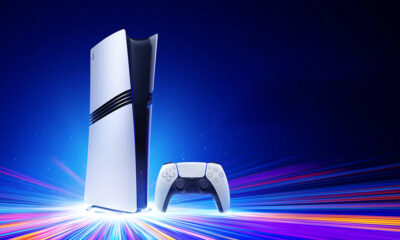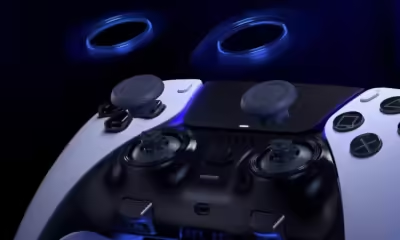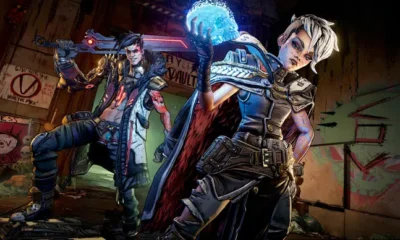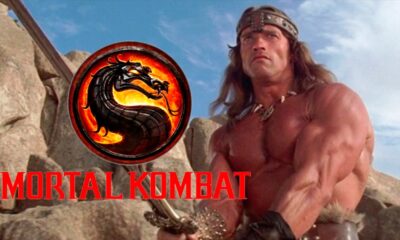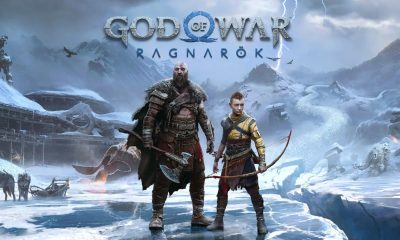Technology
5 best Nintendo consoles of all time
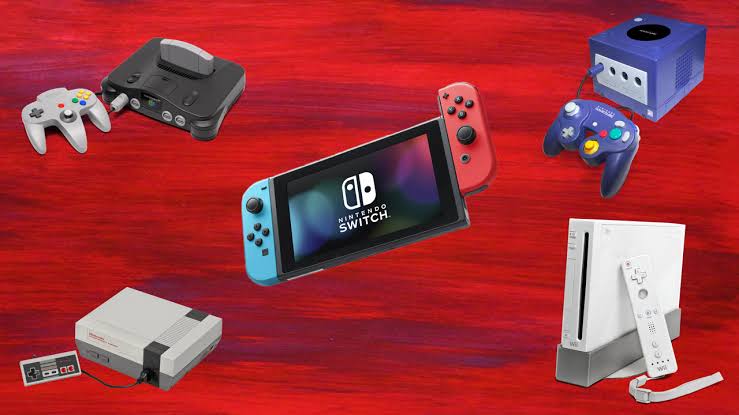
Nintendo, one of the gaming industry’s most iconic names, has captivated fans worldwide with its innovative consoles, beloved franchises, and rich gaming experiences.
Recently, at a Corporate Management Policy Briefing, Nintendo President Shuntaro Furukawa revealed exciting news about the successor to the wildly popular Nintendo Switch.
According to Furukawa, the new console will be backward-compatible with Switch software, meaning that Switch games will be playable on the next-gen device.
Furthermore, Nintendo Switch Online will also be available on the new console, indicating Nintendo’s commitment to offering a smooth transition for its loyal fanbase.
With Nintendo’s future looking promising, let’s take a trip down memory lane and revisit the five best Nintendo consoles that have helped shape gaming history.
1. Nintendo Entertainment System (NES) (1985)

The NES is the console that started it all. Originally launched in 1985, it revived the video game industry following the 1983 crash and set the stage for the future of gaming. Iconic titles like Super Mario Bros., The Legend of Zelda, and Metroid made their debut on the NES, introducing audiences to Mario, Link, and Samus—characters that remain central to Nintendo’s legacy.
The NES featured simple graphics and gameplay, yet its engaging game design and accessibility quickly made it a household favorite. It laid the foundation for console gaming as we know it and is celebrated as one of the greatest consoles of all time.
Key Features:
– Launched timeless franchises like Super Mario and Zelda.
– A controller design that influenced generations of gaming hardware.
– Over 700 games were released for the system.
2. Super Nintendo Entertainment System (SNES) (1990)
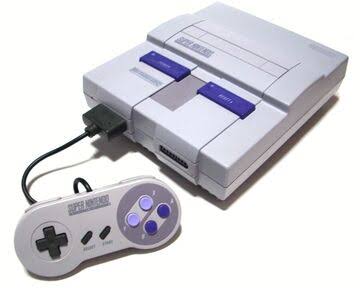
Following the success of the NES, Nintendo released the SNES, which built upon the success of its predecessor by enhancing graphics, sound, and gameplay capabilities.
The 16-bit console brought a new level of detail and polish to games, and its library includes some of the most celebrated titles ever made, such as Super Mario World, The Legend of Zelda: A Link to the Past, Chrono Trigger, and Super Metroid. The SNES remains beloved for its unforgettable games, many of which are still considered masterpieces.
Key Features:
– Introduction of 16-bit graphics, improving detail and depth.
– Games often included innovative gameplay mechanics, thanks to enhanced hardware.
– Established the standard for RPGs, platformers, and adventure games.
3. Nintendo 64 (1996)

The Nintendo 64 marked a leap into 3D gaming, providing players with immersive experiences that were groundbreaking at the time. Titles like Super Mario 64, The Legend of Zelda: Ocarina of Time, and GoldenEye 007 defined the console, demonstrating Nintendo’s ability to innovate in a rapidly evolving industry. Super Mario 64 introduced 3D platforming that set a precedent for future games, while Ocarina of Time remains one of the most critically acclaimed games in history. Although the console’s cartridge-based system limited some third-party support, its strong first-party titles earned it a dedicated fanbase.
Key Features:
– One of the first consoles to bring 3D graphics to the mainstream.
– Featured one of the first analog stick controllers, revolutionizing gameplay.
– Legendary library of games, especially for fans of adventure and shooter genres.
4. Nintendo Wii (2006)
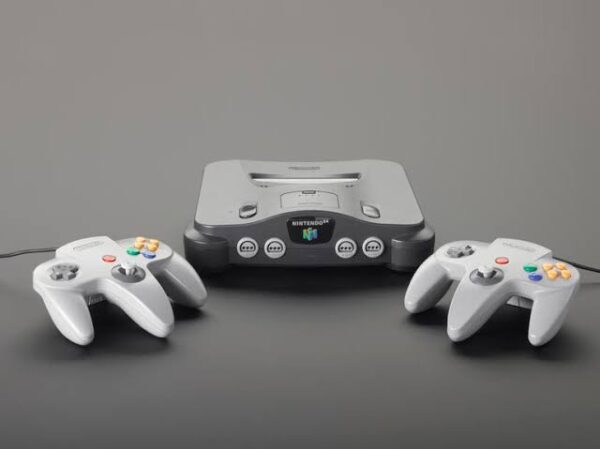
Nintendo took another bold step with the Wii, embracing motion-controlled gaming and opening the world of video games to a broader audience. With its motion-sensing Wii Remote, the Wii changed how people interacted with video games and expanded the gaming demographic.
The console was a massive commercial success, selling over 100 million units worldwide. Iconic games like Wii Sports, Super Mario Galaxy, and The Legend of Zelda: Twilight Princess attracted hardcore fans and casual gamers alike. The Wii is remembered as a family-friendly console that brought people of all ages together to enjoy gaming.
Key Features:
– Pioneering motion-control technology made games more interactive.
– Games like Wii Sports became cultural phenomena.
– Popularity among both casual and dedicated gamers contributed to its wide appeal.
5. Nintendo Switch (2017)

Arguably Nintendo’s most innovative console since the Wii, the Nintendo Switch represents the perfect blend of handheld and home console gaming. Since its release in 2017, the Switch has become a cultural phenomenon, offering the versatility of both portable and TV-connected gameplay.
Games like The Legend of Zelda: Breath of the Wild, Animal Crossing: New Horizons, and Mario Kart 8 Deluxe helped define this era, pushing the console to sell over 100 million units and becoming one of Nintendo’s best-selling systems.
With Furukawa’s recent announcement, the transition from Switch to its successor promises to be a smooth experience for fans who want to continue enjoying their current library on the new console.
Key Features:
– Hybrid design allows for both handheld and docked play.
– Strong library with hit games across various genres.
– Nintendo Switch Online offers classic games and exclusive content, creating a comprehensive gaming ecosystem.
With Furukawa’s announcement of backward compatibility and Nintendo Switch Online support, Nintendo is signaling its intention to build on the success of the Switch while respecting its users’ existing game libraries.
Though specific details remain scarce, the commitment to continuity and adding new innovations. Whether through enhanced graphics, improved performance, or even new ways to interact with games, fans are eagerly awaiting Nintendo’s next big move.

